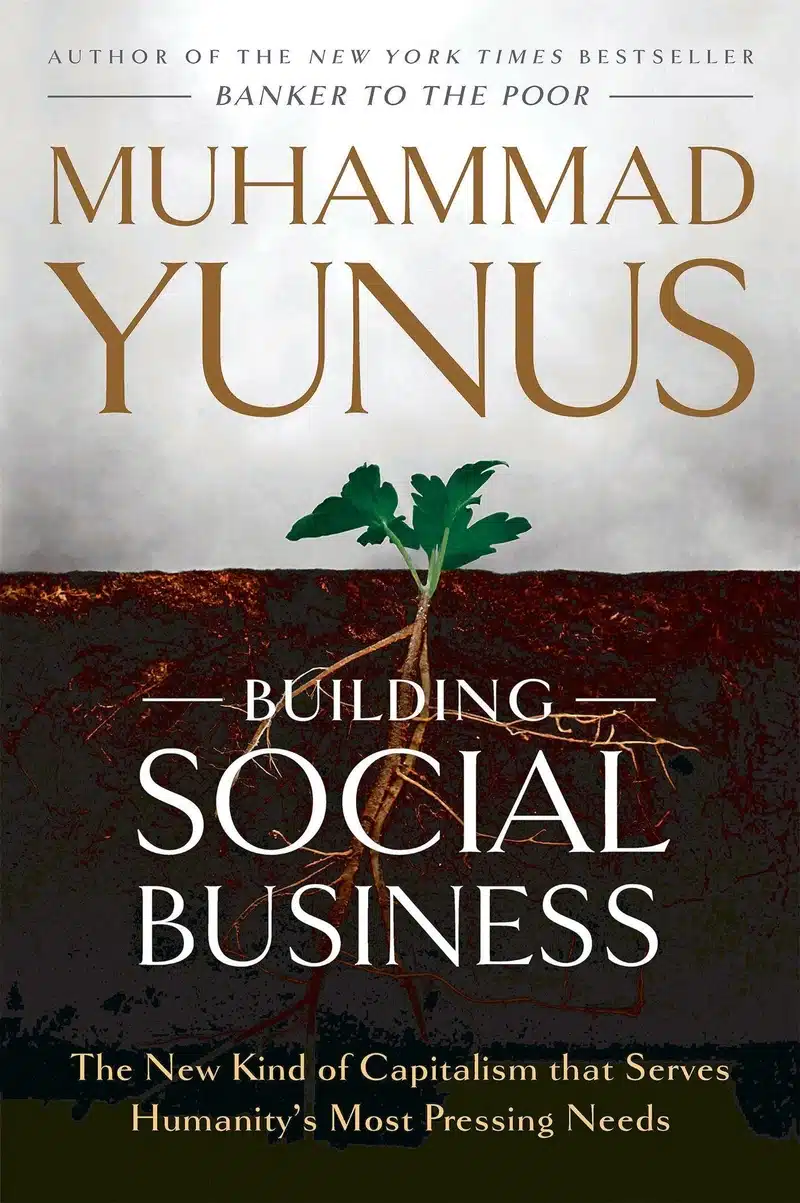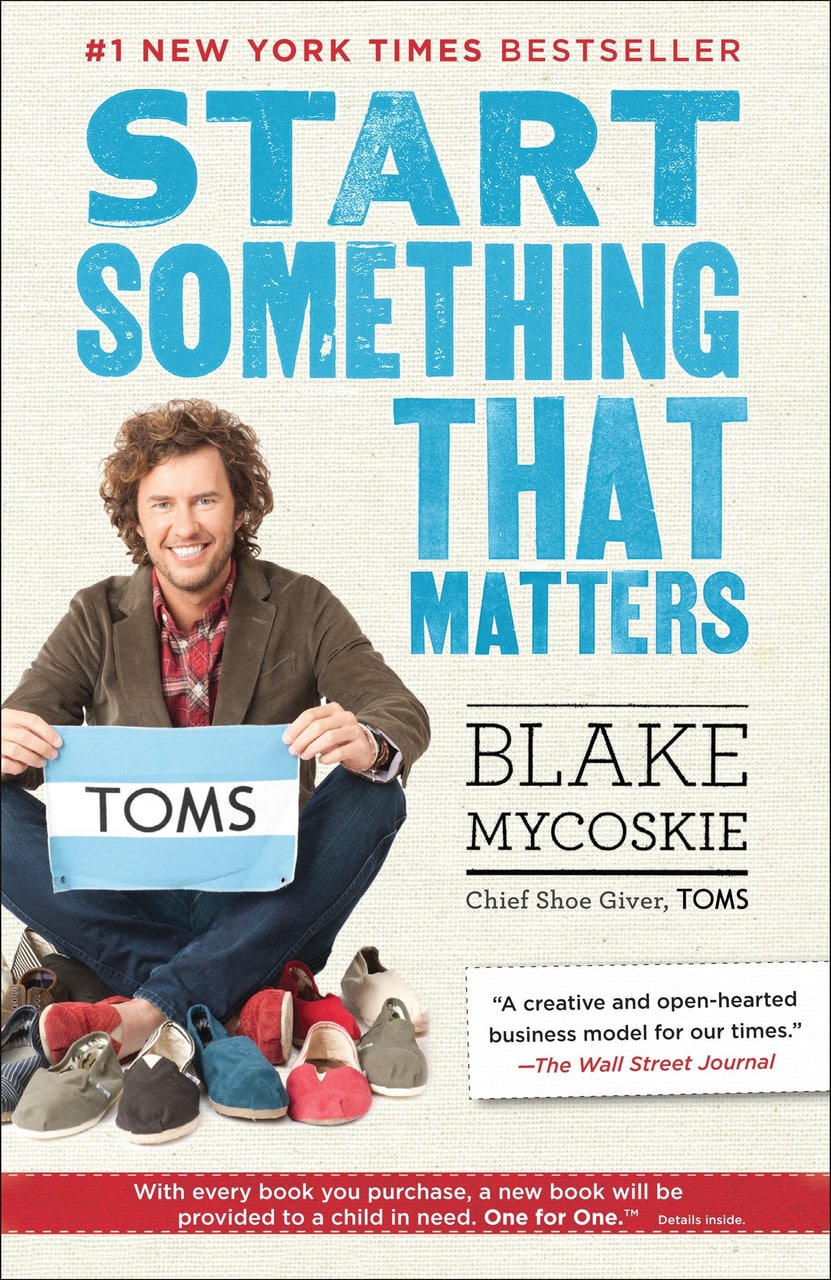There comes a moment in every changemaker’s journey when they stand at the crossroads of passion and purpose. With a heart brimming with ambition and a vision to make a tangible difference, you might believe you’re ready to chart out your social venture. But as you’ll soon discover, the path to intertwining profit with purpose is more layered and profound than it first appears. This isn’t just about business; it’s about creating a meaningful change.
Busting the Myths
Throughout your journey, you’ll encounter several myths. “Social ventures can’t be profitable,” some might say. “Measuring impact is too subjective,” others might argue. Here’s your truth: these are mere misconceptions waiting to be debunked. While the road to articulating and measuring social impact has challenges, these challenges will mold your resilience and determination.
As you delve deeper into this article, you’ll unlock the magic of the Social Business Model Canvas. It’s not just a tool; it’s your guiding framework for social change. Together, we’ll craft a narrative of change that aligns with your vision and empowers you to etch a lasting impact on the world. Let’s innovate, inspire, and transform, one canvas at a time.
Defining the Social Business Model Canvas
A Tool for Today's Changemakers
The complexity of social systems
The Power of Holistic Understanding
To truly make a difference, seeing the bigger picture is essential. By understanding the various cogs in the machine, change makers can identify leverage points, areas where a targeted intervention can create a ripple effect of positive change. By delving deep into the complex systems surrounding social issues, social entrepreneurs equip themselves with the knowledge needed to make lasting, impactful change.
Crafting a clear social impact mission
While traditional businesses often start with a product or service idea, social ventures begin with a cause, a change they wish to champion. The Social Impact Mission is a succinct statement that encapsulates this cause, providing clarity and direction for all subsequent actions. For instance, consider a venture aiming to improve literacy rates in underserved communities. Their Social Impact Mission might be:
“Empowering underserved communities through literacy, enabling them to access better opportunities and lead enriched lives.”
A well-defined mission is specific, actionable, and inspiring. It’s not just about identifying a problem but articulating a vision for a better future. Using our earlier example, the mission doesn’t merely highlight the issue of low literacy rates; it paints a picture of empowered communities with access to opportunities.
The Ripple Effect of a Clear Mission

Social business model and planning for social innovation
💡 Coursera offers a self-paced, 17-hour course on social entrepreneurship by Professor Kai Hockerts of Copenhagen Business School, teaching the use of the business model canvas for social business planning, with free enrollment and a certificate upon completion.
The engine behind your mission
While your mission sets the direction, the key activities propel you forward. These mission-critical tasks and operations breathe life into your vision, turning aspirations into tangible actions.
The Challenge of Alignment
The Art of Prioritization
Every venture, especially in its early stages, faces the challenge of limited resources. This makes prioritizing key activities essential. Referring to our vocational training example, while establishing a state-of-the-art training facility is an aspiration, initial activities focus more on curriculum development and trainer recruitment, ensuring immediate impact while building towards long-term goals.
The Power of Iteration
In the dynamic world of social entrepreneurship, flexibility is critical. The key activities might evolve as the venture grows and learns more about its beneficiaries and the ecosystem. Regularly revisiting and refining these activities ensures they remain aligned with the mission and responsive to the community’s needs. Understanding and effectively managing key activities is the bridge between your venture’s mission and its impact.

Building Social Business
In "Building Social Business," Muhammad Yunus presents the concept of "social business," a fusion of capitalism and social objectives, illustrating its worldwide implementation.

Start something that matters
Blake Mycoskie founded TOMS Shoes, a for-profit business that donates a pair of shoes to a child in need for every pair sold, merging activism with fashion and gaining celebrity endorsement.
Building a sustainable foundation
The Lean Approach: Starting Smart
Every venture, especially in its nascent stages, faces the challenge of limited resources. This makes it imperative to adopt a lean approach, focusing on essential costs directly contributing to the mission. For instance, a social enterprise aiming to provide affordable healthcare solutions in remote areas might initially prioritize mobile clinics over permanent infrastructure. This approach minimizes costs and ensures immediate outreach to those in need.
Understanding where your funds are going is crucial. Breaking down costs into operations, marketing, research, and administration categories can provide clarity. Using the healthcare example, while operations might include medical supplies and personnel expenses, research might involve understanding local health challenges and tailoring solutions accordingly.
The Balance between Immediate Needs and Future Growth
While addressing immediate needs is essential, planning for the future is equally crucial. Allocating funds for future initiatives, scaling efforts, or unforeseen challenges ensures the venture’s longevity. In our healthcare example, while immediate costs might cater to current medical camps, a portion of the budget might be reserved for future expansion into new regions or the introduction of additional medical services.
Crafting a thoughtful cost structure is akin to laying the foundation for a building. It ensures stability, sustainability, and the ability to weather challenges.
From ideas to action
Every venture’s starting point is unique. The beauty of the SBMC is its flexibility to accommodate these varied starting points. For instance, imagine you have an idea for a sustainable fashion brand. Your starting point might be the concept of eco-friendly apparel. Alternatively, you might have conducted market research and identified a segment of eco-conscious consumers. Or you may have access to sustainable fabrics. Regardless of where you begin, the SBMC provides a framework to structure and expand upon these insights.
Mapping Out the First Steps
If you're beginning with an idea, the first step is to define it clearly. What problem does it solve? Who are the potential beneficiaries or customers? How does it align with your social impact mission?
If insights from potential or existing customers are your starting point, delve deeper. Understand their pain points, needs, and aspirations. How does your venture address these? What value do you bring to the table?
Starting with a set of resources? Identify how these can be leveraged to create value. You may have access to a network of artisans for the sustainable fashion brand. How can their skills be showcased? What unique products can be created?
Success stories
The theory and structure of the Social Business Model Canvas provide a robust framework for social entrepreneurs. But sometimes, seeing its application in the real world can offer invaluable insights. Let’s delve into some inspiring success stories of social enterprises.
Sanergy provides sanitation and organic waste management services to urban slums in Kenya. Their social challenge is to improve sanitation and hygiene for millions of people who lack access to proper toilets. They are also creating employment opportunities for local residents.
Navigating the pitfalls
Overlooking Feedback Loops
Feedback is the lifeblood of continuous improvement. Not integrating regular feedback mechanisms into the SBMC process can lead to misaligned strategies. Whether it’s feedback from beneficiaries, customers, or internal teams, these insights can spotlight areas of improvement, potential pivots, or new opportunities.
Charting a path forward
The journey of social entrepreneurship is a unique blend of passion, purpose, and pragmatism. As we’ve navigated through the intricacies of the Social Business Model Canvas, it’s evident that this tool is more than just a strategic blueprint. It’s a compass guiding social ventures through the complex terrain of intertwining profit with purpose. However, the true essence of the SBMC lies in its ability to evolve. Just as the world of social entrepreneurship is dynamic, so should the canvas that charts its course. Regularly revisiting, refining, and iterating ensures that the canvas remains aligned with changing circumstances, emerging opportunities, and the ever-evolving needs of beneficiaries.
In the words of Mahatma Gandhi, “Be the change that you wish to see in the world.” The SBMC is your tool to do just that.
More information
LINKS
A new Social Business Model Canvas online
This is an online resource that allows you to work with your team to easily map out your social mission and social business building blocks using the MURAL platform.
Social Business Design
A platform for young changemakers who want to get familiar with tools, techniques and concepts coming from the field of business modeling and business design.
17 Must-Read Social Entrepreneur Books for Change-Makers
A curated list of books that cover various aspects of social entrepreneurship, social innovation, and societal problem solving.
SCHOLAR
In, Lee. (2015). “A social enterprise business model for social entrepreneurs: theoretical foundations and model development.“ International Journal of Social Entrepreneurship and Innovation.
Petra, C., M., Neessen., Cosmina, Lelia, Voinea., Els, Dobber. (2021). “Business Models of Social Enterprises: Insight into Key Components and Value Creation.“ Sustainability, doi: 10.3390/SU132212750
Shahriar, Akter., Nabila, Jamal., Mahfuz, Ashraf., Grace, McCarthy., PS, Varsha. (2020). “The Rise of the Social Business in Emerging Economies: A New Paradigm of Development.“ Journal of Social Entrepreneurship, doi: 10.1080/19420676.2019.1640772
FAQ
The Social Business Model Canvas is a strategic management and lean startup template for developing new or documenting existing business models, particularly those with a social mission. It’s a visual representation that describes various foundational elements of a social business.
- It’s a strategic management tool.
- It assists in designing and analysing social business ideas.
- It offers a visual representation of key components of a social business.
The Social Business Model Canvas focuses primarily on the social impact and value creation for stakeholders, in contrast to the traditional Business Model Canvas that centres on economic value. While both canvases share similarities in terms of components and layout, the social version emphasises elements like social impact, stakeholder involvement, and long-term societal benefits.
- The social version emphasises social impact.
- It focuses on value creation for stakeholders.
- The traditional model is primarily concerned with economic value.
The Social Business Model Canvas comprises several components tailored to social ventures. Some of its pivotal elements include: Value Proposition (the social benefit it provides), Key Activities (primary functions to deliver the value), Key Resources (assets required), Stakeholder Segments (key groups affected by the business), and Social Impact Metrics (measuring the societal benefit).
- It includes components like Value Proposition, Key Activities, and Key Resources.
- It defines Stakeholder Segments affected by the business.
- Social Impact Metrics help measure the business’s societal benefit.
The Social Business Model Canvas is vital for social enterprises because it provides a clear framework to align their business strategies with their social mission. This alignment is crucial for maintaining a balance between achieving social objectives and ensuring financial sustainability. The canvas helps in visualising the entire business model on a single page, ensuring that all components interconnect and support the core social mission.
- It provides a framework to align strategies with a social mission.
- It helps maintain a balance between social objectives and financial sustainability.
- It visualises the entire model on one page, ensuring interconnectedness.
For effective use of the Social Business Model Canvas, an organisation should begin by understanding its core social mission and objectives. Then, using the canvas as a guide, they can outline each component, ensuring alignment with the central mission. Regular reviews and updates to the canvas are crucial to adapt to changing circumstances and ensure consistent alignment. Workshops or brainstorming sessions can be beneficial in bringing multiple perspectives into the model’s creation and refinement.
- Start by understanding the core social mission and objectives.
- Outline each component on the canvas, ensuring alignment with the central mission.
- Conduct regular reviews and engage in workshops or brainstorming sessions for continuous refinement.






